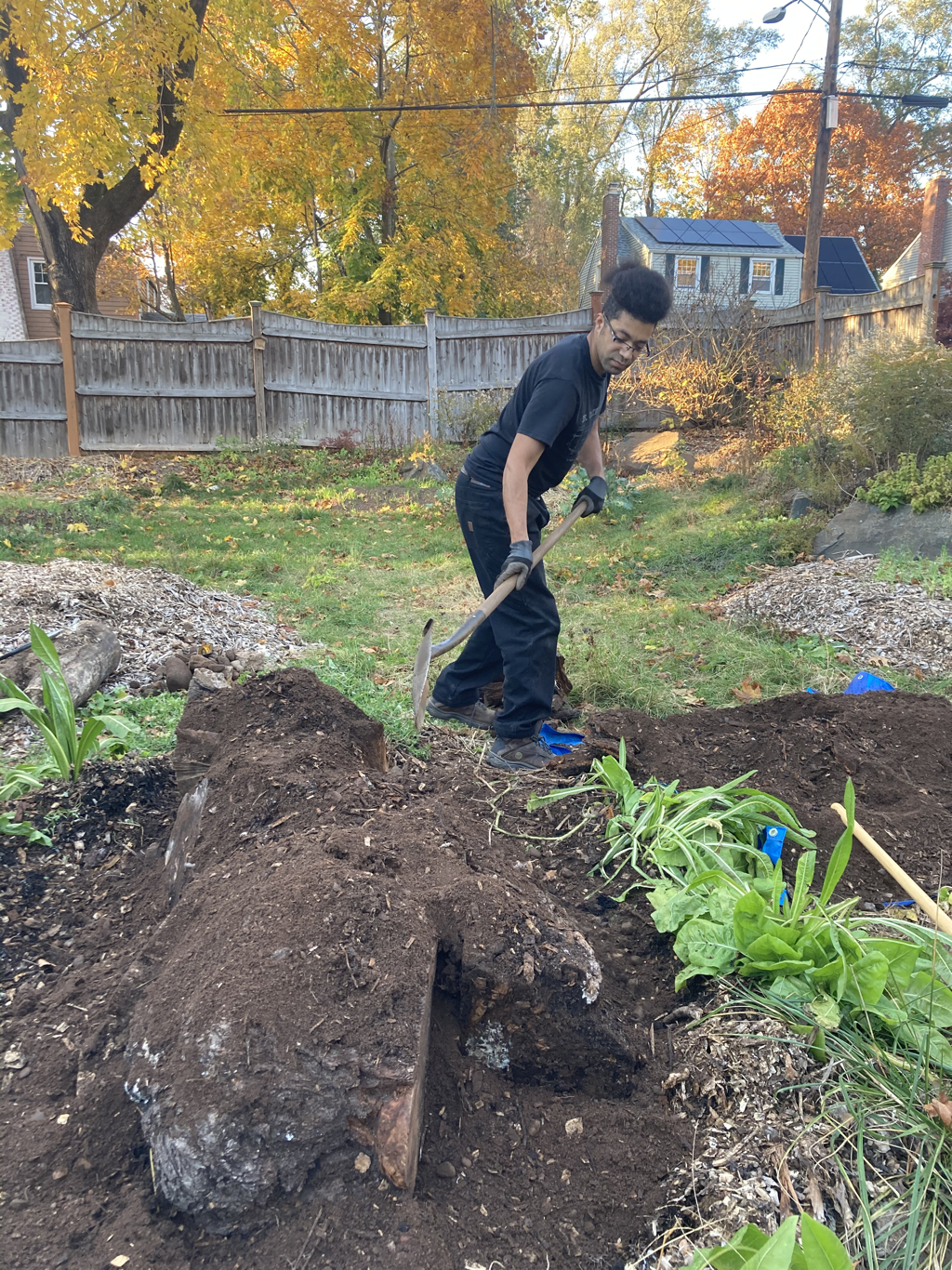|
A comprehensive guide to starting a food forest. Where to start: Find land. If you already have it, skip this section. If you don’t, here are some tips: You can approach the board or staff of your local land trust and see if they have available properties or could help you acquire one. Maybe your city has a program for helping people access land (New Haven does, with the city’s Food Policy division). You could approach other environmental orgs to see if they have connections. Connecticut has a sit called CTFarmlink where available farms are listed and there’s an extension officer who can help advise on the process. Approach farmers to see if there’s a piece of their land they wouldn’t mind you using. You may hear “no” a lot in this process, but be persistent. You’ll also want to ensure that you have access to this land for as long as you want. A permaculture food forest is, well, permanent. Get to know the site. Take a full year to observe wind, water, and sun patterns across the site. Your year can start anytime, there is no perfect season. Don't rush this, either. It's important time to gain valuable information that will help avoid screw ups. But even screw ups are not the end of the world. There are billions of stars and each one probably has multiple planets orbiting it and Earth is billions of years old and will continue existing for billions of years after you are gone. So you planted a shrub in the wrong spot. Also, measure out your yard. I drew a map of ours on graph paper. Talk to your neighbors. You don't have to tell them exactly what you're doing if you don't want to, but make them your friends and they’ll be less likely to give you a hard time. Gifts of cookies are helpful. Because a food forest can look rough and confusing to begin with. We lessened the confusing aspects by growing pretty flowers and rainbow chard in front, so it just looked like a garden. Then our fence blew down in back and revealed the weird stuff we were doing back there. Essentially, keep your property nice-looking for your neighbors and don't give them reasons to be annoyed at you. Read. Watching the site for a year will give you plenty of time to read about food forests. I recommend Practical Permaculture by Jessi Bloom, Creating a Forest Garden by Martin Crawford, Grow a Little Fruit Tree by Ann Ralph, and A Permaculture Design Handbook by Bill Mollison. The last one is like a textbook. I have the Martin Crawford book if anyone would like to borrow it.
You can also search YouTube for food forest tours. I got good results searching for things like “temperate climate food forest” because many are tropical, which is not super helpful up here, though the ideas are the same. You can also browse your library’s selection of edible landscaping books for ideas. Hamden’s selection is quite good. You can also ask us to help! Determine what you want. We wanted lots of fruit and a majority of native plants. We also enjoy annual gardening, so we left ourselves space for that. We also wanted plants that we will eat, so we tasted a variety of apples before we chose our trees, and continuously try vegetables before we copiously grow them. Don’t grow stuff you won’t eat! It sounds straightforward, but sometimes you forget when faced with a well-written description in a plant catalog. Do a utilities check. In CT it's Call Before You Dig. You fill in an online order form and the gas, electricity, water, and internet companies come out and mark the underground utilities. You must know where these are before you start really planning! A buried gas line can ruin your dreams. If you have a septic system, make sure you know where that is and how to plant around it. (I intend to write a post on this and will link it here). Plan. Boy, I had fun doing this. I made “paper dolls” and I still play with them, trying to figure out how to add more stuff. If you're not a maniac and you just make a plan and follow it, even better. Buy your plants. Here's a post on where to get plants. And here’s a post on when to plant. Let it grow. Now you’re done and it’s weird. In a few whirlwind years everything is set and you have a planting that will mature into abundance. Now what should you do? Should you talk to your friends about how fun it was and how they should try it? Should you start a public food forest in your town? Should you invite your neighbors to come see it in the fall when it’s lush and glorious and maybe they will want to start their own? Yes, I think you could do any of those things. Do you still have questions? I’d like to know so I can make this guide better and more informative. Either leave a comment, send a contact form, or email me!
1 Comment
June Caldwell
3/7/2021 04:21:34 pm
Very good informative ideas .
Reply
Leave a Reply. |
Categories
All
Archives
August 2021
|
Proudly powered by Weebly




 RSS Feed
RSS Feed